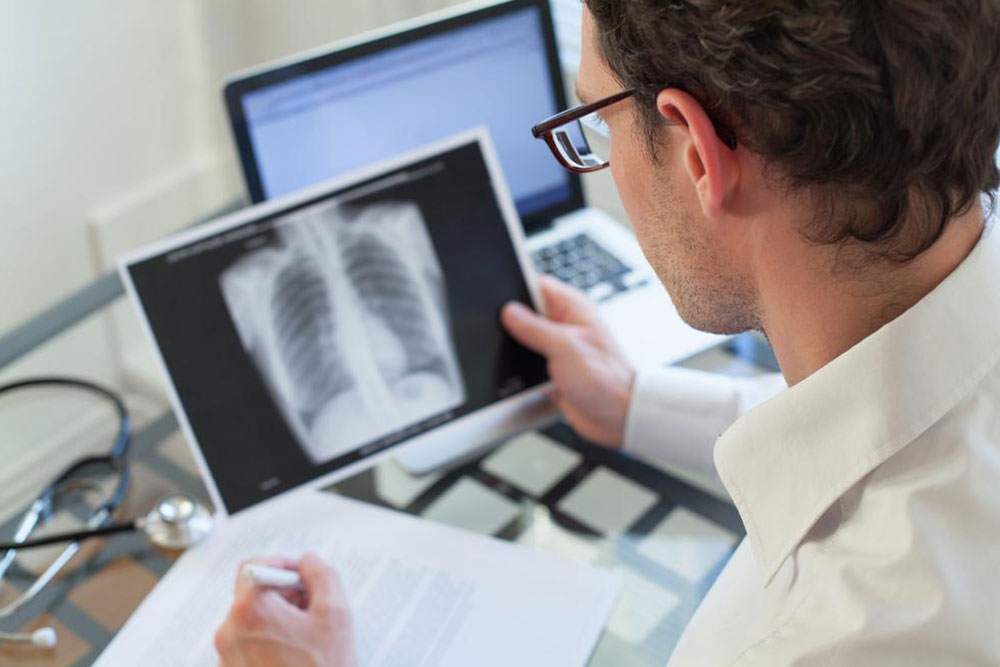Pulmonary embolism- Recovering from the treatment
Pulmonary embolism (PE) is treated with medicines, surgical procedures, and other therapies. The main goal of treating PE is to stop a blood clot from getting bigger and keep new clots from forming. Treating pulmonary embolism involves using medicines to thin the blood and slow its ability to clot. If the symptoms are life threatening, the doctor may prescribe medicines to quickly dissolve the clot. Surgery is rarely used to treat or remove the clot.
Patients with a newly diagnosed deep vein thrombosis (DVT) or pulmonary embolism (PE) should look for symptoms seen in their body. Physically, they should only do what they feel comfortable doing.

You should discuss with your physician whether or not physical activity is appropriate for you, how much activity is recommended, and how soon you can begin.
Exercise, sports and yoga
There is no official guideline that suggests how quickly an athlete might return to exercising. Each patient will need an individual exercise plan according to their healing ability. It seems appropriate to refrain from any athletic activities for the first 10-14 days after an acute PE until the clot is more attached to the wall of the blood vessel and the risk of having the clot break loose (causing a PE) has decreased. To reduce the ill effects of relative inactivity during this period, the athlete may do some strength training such as arm and trunk exercises. The patient may then increase activity between week 2 and 4 and return to pre-clot activity levels by week 4, if the body permits. A similar approach is probably wise regarding yoga. It seems safest to take it easy and avoid yoga activities associated with more extreme body positions in the first 4 weeks after a clot.

